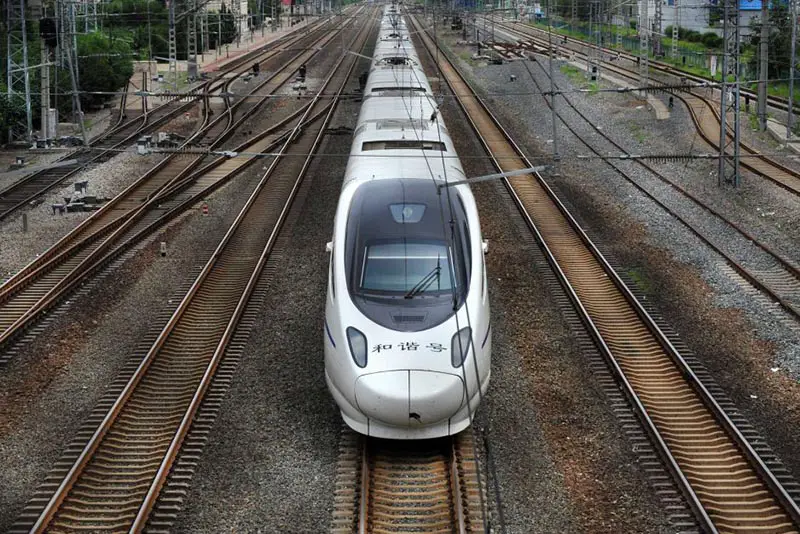Engineers from Network Rail and SPL in the United Kingdom have announced key feeder station upgrades as part of a £120 million Scottish Government investment. This will include the installation of a new modular feeder station. The project will also include the renovation of a critical track section cabinet near Glasgow Central Station.
The project for the key feeder station upgrades is part of the power supply overhaul and reconfiguration work. Thus, it will help accommodate the increased demand caused by the introduction of electric trains. This is mostly on the lines between Glasgow and Barrhead and East Kilbride. According to Network Rail, the deployment of the substation will be completed without disrupting passenger or freight services.
Read Also: Developer to construct 236 affordable homes in Wickside, Tower Hamlets, London
The key feeder station upgrades to help achieve Net Zero in the region
The £120 million traction power investment is currently underway to support upgrade work. Deployment at the Ferguslie feeder station in Paisley is scheduled for July of this year. Six new feeder stations and nine upgrades to traction power infrastructure locations on the railway across the central belt, Scottish Borders, and Fife will be installed as part of the phase one investment. The collaboration will upgrade the power supply network until 2026.
The new feeder station connections to the national grid will increase the overall capability of the 25kV electrified network. “The £120 million Scottish Government investment to improve the electric power supply into the rail network is essential in helping us achieve our target to decarbonize Scotland’s Railway by 2035,” Network Rail traction power scheme project manager Alice Wilson said.
“In the coming years, this work will power cleaner, greener electric trains on the Glasgow-Barrhead and East Kilbride lines. This directly contributes to decarbonizing passenger services on Scotland’s Railway by 2035. It is also delivering the modal shift required for Scotland to achieve Net Zero.”

